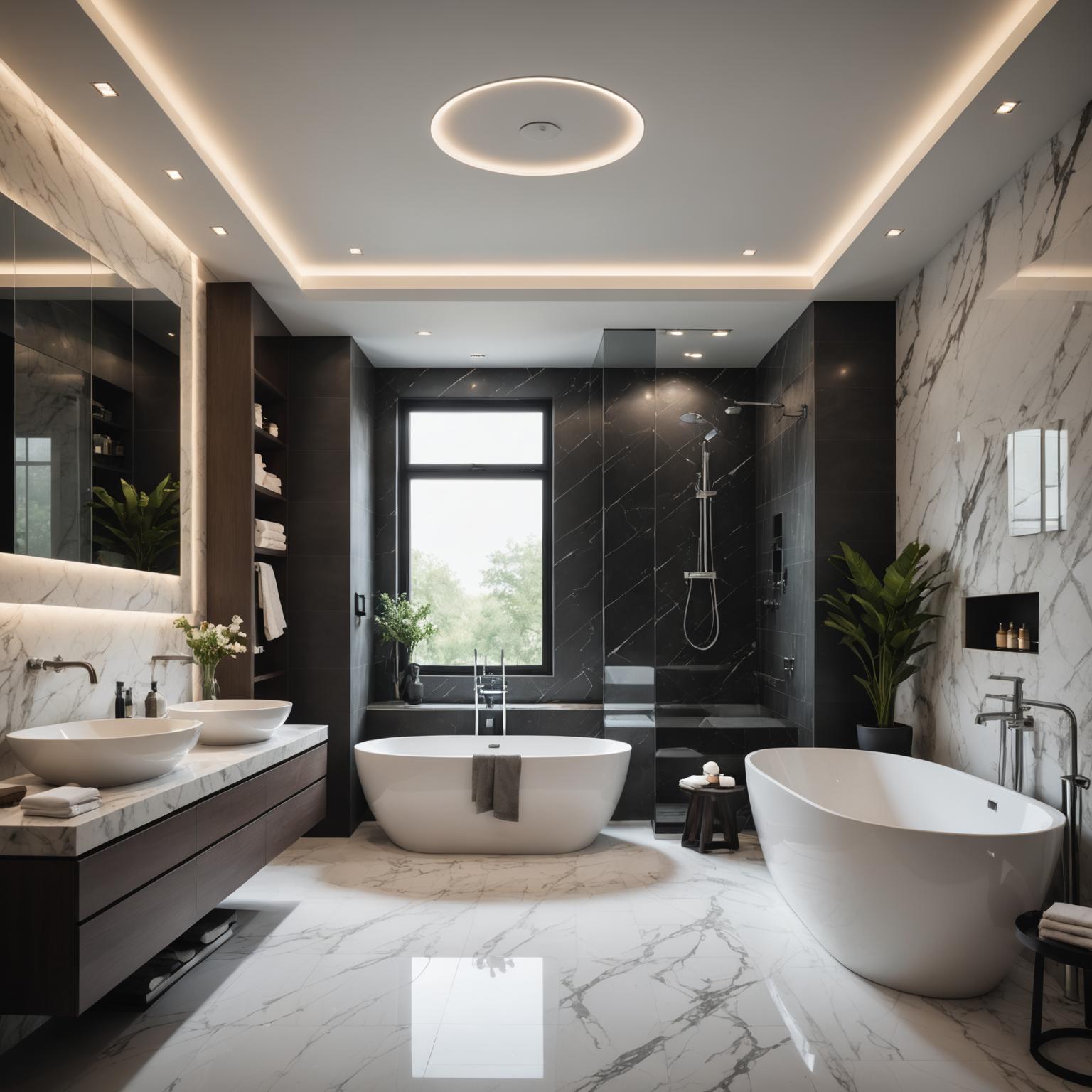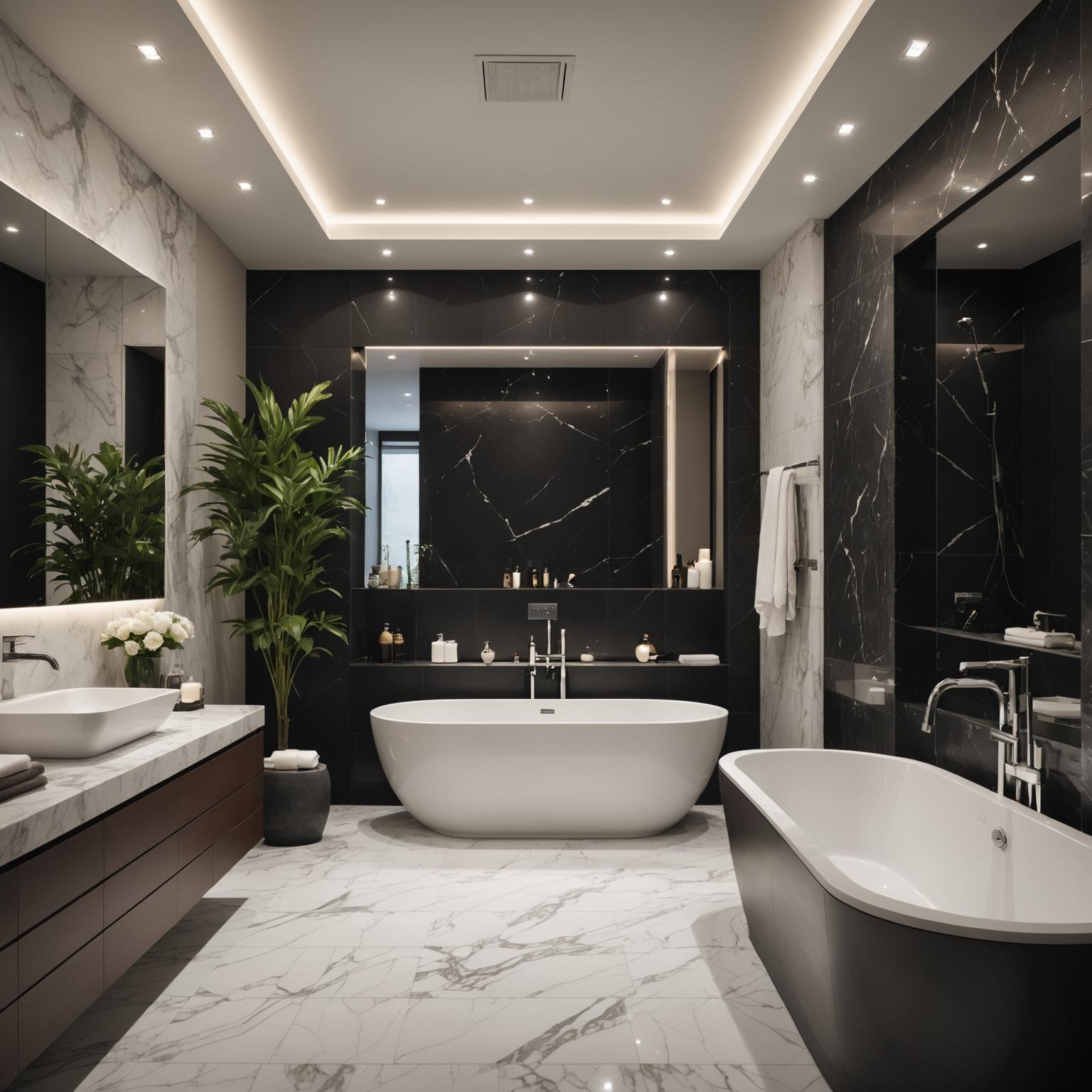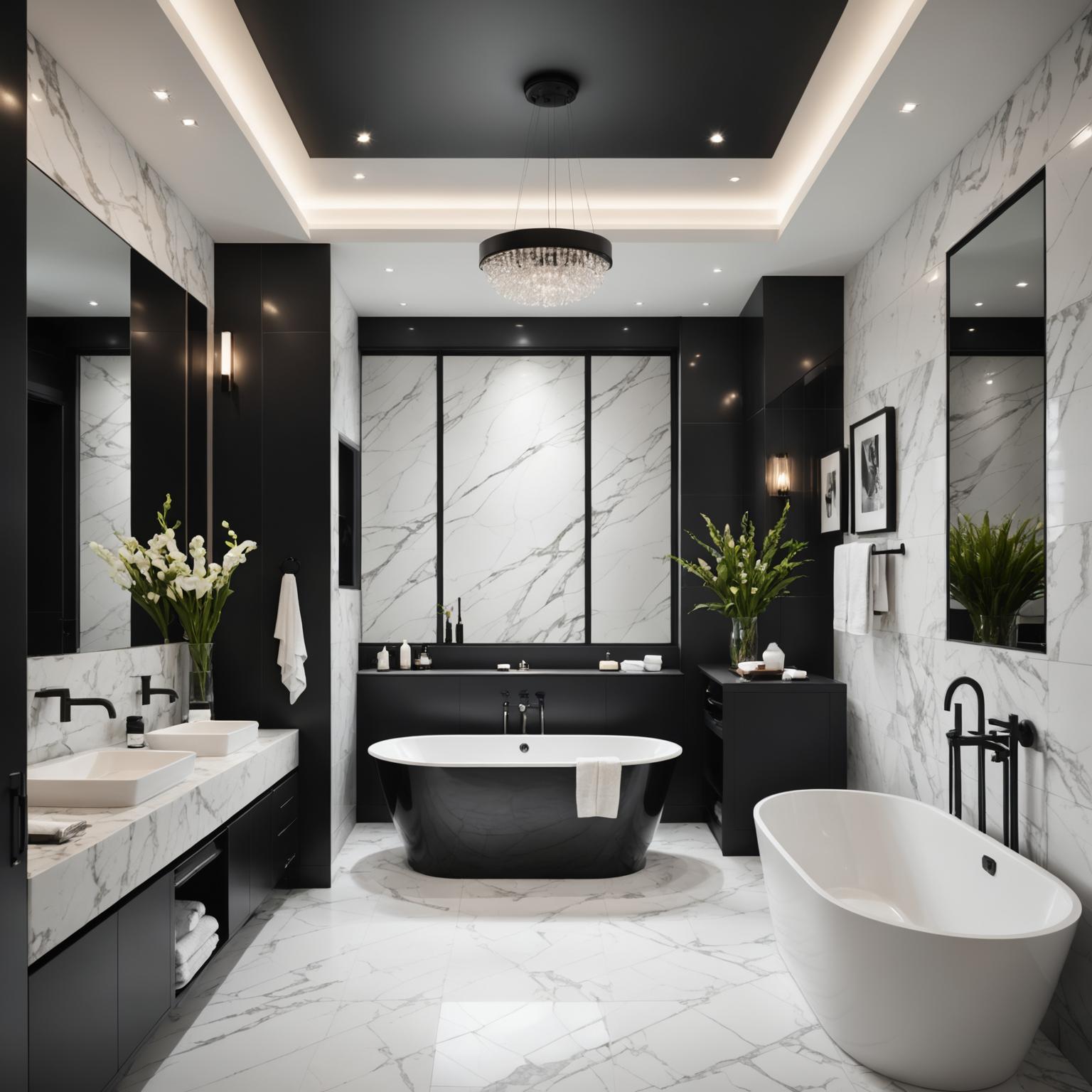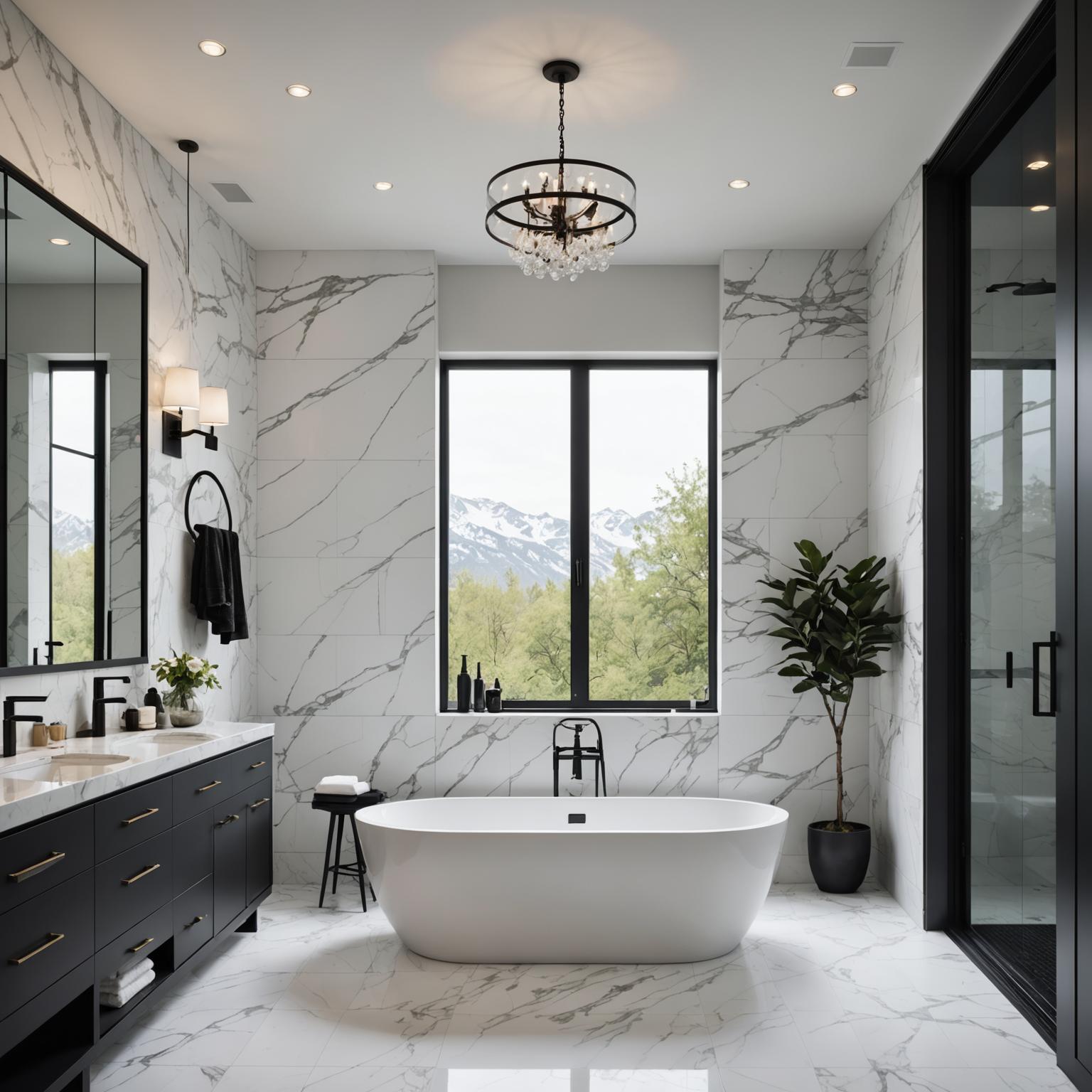Air curtains for clean rooms are essential devices that help maintain sterile environments in various industries. These systems create an invisible barrier of high-velocity air to prevent contaminants from entering or exiting controlled spaces, ensuring purity and safety in settings like laboratories and manufacturing facilities. As we delve into the world of air curtains, it's important to understand their role in preserving air quality and reducing energy costs while supporting operational efficiency.
What is an Air Curtain for Clean Rooms?
An air curtain for clean rooms is a mechanical device installed above doorways or openings that blows a steady stream of air across the entryway. This curtain of air acts as a seal, blocking the passage of dust, pollutants, and even temperature differences between two areas. In clean rooms, where even microscopic particles can compromise product integrity or safety, these devices are invaluable. For instance, in pharmaceutical production, an air curtain for clean rooms helps maintain the required ISO standards by minimizing airborne contaminants. By integrating seamlessly into the room's design, air curtains not only protect the internal environment but also allow for easy access without the need for physical doors, enhancing workflow. This technology has evolved over the years, with modern units featuring adjustable speeds and sensors for optimal performance.
The Benefits of Using Air Curtains in Clean Rooms
One of the primary advantages of an air curtain for clean rooms is its ability to reduce energy consumption. Traditional doors might need to be opened frequently, leading to the loss of conditioned air and increased HVAC costs. However, with an air curtain, the barrier remains active, keeping the room's temperature and humidity stable while doors are open. This not only lowers utility bills but also contributes to a greener operation by minimizing the carbon footprint. Additionally, these systems help in preventing cross-contamination, which is crucial in sectors like electronics manufacturing where even a single particle can damage sensitive components. The ease of installation and low maintenance requirements make air curtains a cost-effective solution for businesses. Studies have shown that implementing an air curtain for clean rooms can improve air quality by up to 80%, making it a smart investment for long-term facility management. Beyond functionality, these devices promote a safer workplace by reducing the risk of allergens or pathogens entering controlled areas, thus supporting employee health.
How Air Curtains Work and Their Key Features
At the core, an air curtain for clean rooms operates through a fan that propels air downward or across an opening at high speeds, typically between 1,500 to 8,000 feet per minute. This creates an aerodynamic seal that deflects external air while allowing people and equipment to pass through uninterrupted. The effectiveness of an air curtain depends on factors like the width of the doorway, the velocity of the air stream, and the direction of the flow. Many models come equipped with HEPA filters to further purify the air, ensuring that the curtain itself doesn't introduce contaminants. Features such as variable speed controls, timers, and integration with building automation systems allow for customized operation based on specific needs. For example, in a hospital clean room, an air curtain might be set to activate only during peak hours to conserve energy. Moreover, the quiet operation of advanced units ensures they don't disrupt the working environment, making them ideal for noise-sensitive areas. When selecting an air curtain for clean rooms, it's essential to consider the room's size, the level of cleanliness required, and the environmental conditions to achieve the best results.
Applications and Industry-Specific Uses
Air curtains for clean rooms find applications across a wide range of industries, including pharmaceuticals, food processing, and semiconductor manufacturing. In the pharmaceutical sector, they are used to maintain sterile conditions during the production of medications, preventing any external particles from compromising the final product. Similarly, in food processing plants, an air curtain helps keep out insects and dust, ensuring compliance with health regulations and preserving product freshness. The electronics industry benefits from these devices by protecting sensitive components from static electricity and particulate matter, which could lead to defects. Hospitals and research laboratories also rely on air curtains to isolate areas prone to contamination, such as operating rooms or specimen handling zones. This versatility makes air curtains an adaptable solution for various settings, enhancing overall operational standards. As technology advances, new models are being designed with smart features like IoT connectivity, allowing for remote monitoring and adjustments, which further optimizes their performance in real-time scenarios.
Installation, Maintenance, and Future Trends
Installing an air curtain for clean rooms is a straightforward process that typically involves mounting the unit above the doorway and connecting it to the power supply. Professional installation ensures that the air flow is directed correctly for maximum effectiveness, and regular maintenance, such as cleaning the filters and checking for any wear, is crucial to sustain performance. Unlike traditional barriers, air curtains require minimal upkeep, which translates to lower long-term costs. Looking ahead, the future of air curtains lies in innovation, with developments in energy-efficient motors and AI-driven controls that can automatically adjust based on environmental data. This evolution will make air curtains even more integral to sustainable building practices. As businesses continue to prioritize cleanliness and efficiency, the demand for advanced air curtain solutions is expected to grow, paving the way for more sophisticated integrations in smart buildings.
Conclusion and Final Thoughts
In conclusion, an air curtain for clean rooms represents a blend of innovation and practicality that is indispensable in modern industrial settings. By effectively maintaining a contaminant-free environment, these devices not only enhance productivity but also contribute to cost savings and environmental sustainability. Whether you're managing a high-tech lab or a manufacturing facility, investing in a quality air curtain can significantly elevate your operations. As we move forward, the continued refinement of this technology promises even greater benefits, making it a cornerstone of clean room management.






